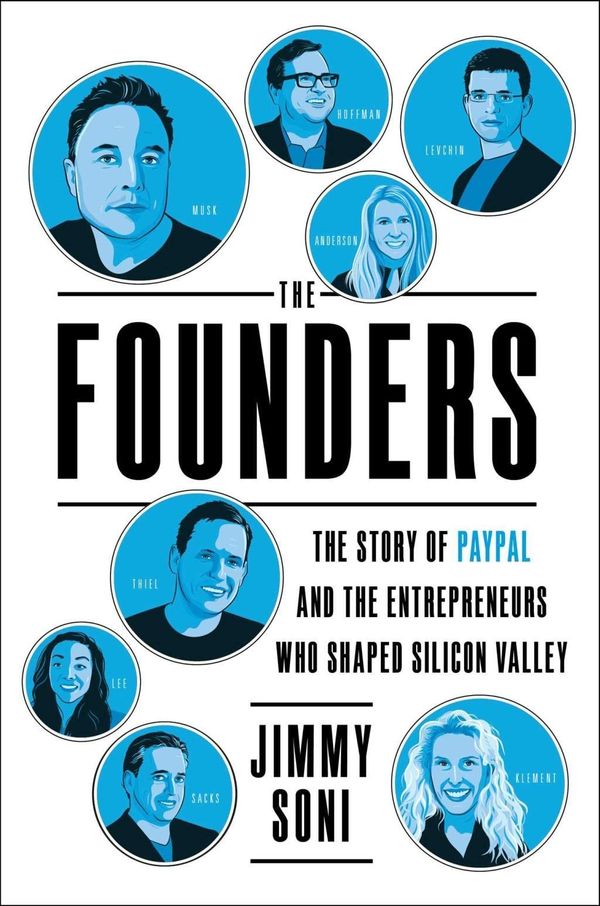By Jim Collins (2001)
Pages: 210, Final verdict: Should-read
Can a good company become a great company and, if so, how? This is the question answered in the 2001 best-seller Good to Great by Jim Collins, an American former business consultant, researcher and author.
Collins's first book, Built to Last, detailed the study of a group of companies which endured for many decades. In Good to Great, Collins employed a similar research method: over the course of 5 years, his research team identified and studied companies which diverged from a normal path and went on to become great.
Good is the enemy of the great
Collins team set to find those companies which showed a good-to-great behaviour. Not those companies which had always been great, but those which took a leap from normal to great. They identified 11 companies which fit their good-to-great criteria: companies which had average stock market returns over 15 years, and then an exceptional growth of more than three times the average market return over the following 15 years.
The companies are: Abbott, Circuit City, Fannie Mae, Gillette, Kimberly-Clark, Kroger, Nucor, Philip Morris, Pitney Bowes, Walgreens, Wells Fargo. Moreover, they also identified 17 comparison companies against which to compare the good-to-great companies.
So what management practices did they find in the good-to-great companies, but not in the comparison group? Jim Collins divides their insights into the following structure, which also serves as the basis for the chapters in the book:
- Disciplined People
- Level 5 Leadership - Leaders who combine the pursuit of greatness with personal humility.
- First Who... then What - First, get the right people. Later, decide what to do.
- Disciplined Thought
- Confront the brutal facts - Have the discipline to look for the most brutal facts about the situation of your company.
- Hedgehog concept - Your sweet-spot is at the intersection of What you are passionate about, What you can be the best in the world at, and What creates value.
- Disciplined action
- Culture of discipline - Create a culture (not a leader) of discipline.
- Technology accelerators - Technology can accelerate your transition to greatness, but it will not be the cause of it.
- Flywheel - Becoming great is the accumulation of many events, it doesn't happen quickly nor is it obvious that it's happening.
"Few people attain great lives, in large part because it is just so easy to settle for a good life. The vast majority of companies never become great, precisely because the vast majority become quite good - and that is their main problem. - Jim Collins
From the right people, to the right actions
One key insight presented by Collins is that the order in which you do things matters. If you want to make your company great, you have to start by hiring great people; only later does it matter to create the right management practices.
Hence, the first chapter is dedicated to the concept of Level 5 leaders. According to Collins, leaders in good-to-great companies were different from the leaders in comparison companies by the way they combined professionalism with humility.
Level 5 leaders showed great diligence in becoming great - as a company, not personally. Their focus was on developing their companies and creating a sustainable culture of great work, instead of showing off and thinking about how great leaders they are. From there, these leaders hired the most talent they could find, many times before even knowing which direction the company should take - set up a great team and have them find the way.
One other common theme throughout the book is time. It takes time to become a great company. None of the companies in the study became great overnight or due to one specific event. It was rather the consecutive performance of disciplined action over the course of many years which got them there.
From disciplined thought to disciplined action, there are many more insights in Good to Great, where each chapter even gets a one-page summary for the reader to recap the most important conclusions. Entertaining and interesting, it is well worth reading.
"Perhaps, then, you might gain that rare tranquility that comes from knowing that you've had a hand in creating something of intrinsic excellence that makes a contribution." - Jim Collins
Bottom line
Good to Great is one of the best business books I have read. I especially like the scientific approach taken by Jim Collins's research team. Unlike many business books where authors explain their theories without any justification, conclusions in Good to Great are always justified by the evidence found in the companies of the study. It's surprisingly refreshing to find such rigor in a business book.
The book is also not too long. 210 pages are enough to communicate the message and the author doesn't punish the reader with unnecessary repetitions of the same idea. Any extra information can be found in the 50 pages of appendixes.
If you have a management role, want to understand what made some companies great, or even if you're looking for improving your life strategy, you won't be disappointed by Good to Great.
Further learning:
- Buy the book online.
- Jim Collins's website - lots of material about the concepts in Good to Great, as well as from his other books.
- Watch an interview of Jim Collins with Charlie Rose.
- Watch this 1 hour keynote by Jim Collins (below).



